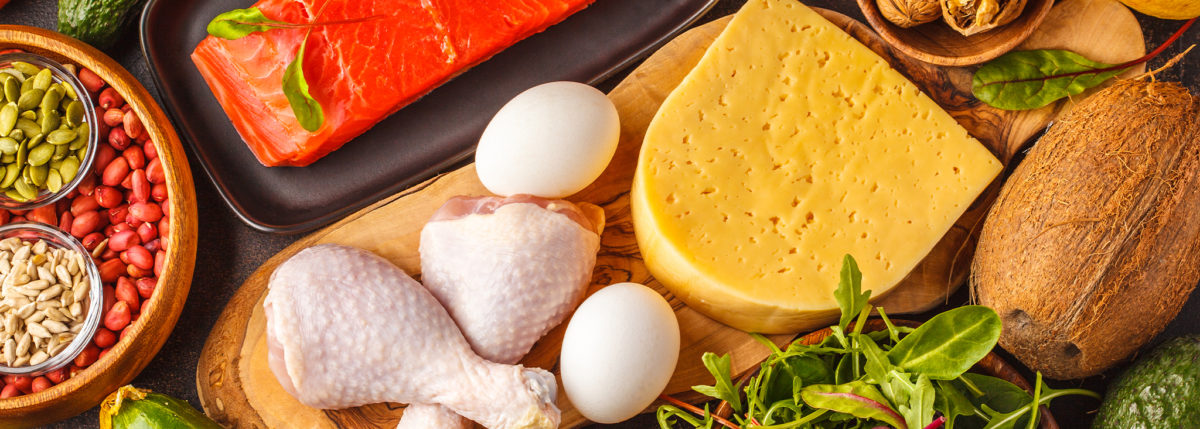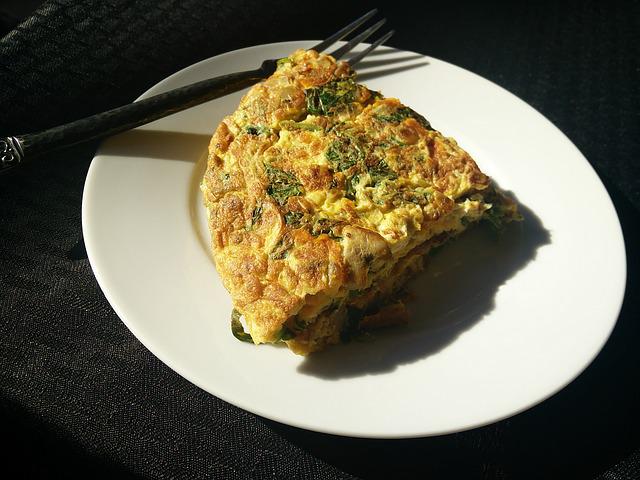
Understanding the risks and side effects of modern fruits is crucial before you embark on a paleo diet. Modern fruits are more sugary than their historical predecessors, and they have been selectively grown. Be aware of your blood glucose trends and carbohydrate levels to ensure you're getting the most out your diet. This could mean that you need to adjust the diabetes medication.
Side effects
Although the paleo diet is beneficial for diabetes patients, there are side effects. The high fat content and low-glycemic carbohydrate levels may lead to insulin changes in people with diabetes. It can also cause weight loss in those who are overweight. People with diabetes should also avoid foods high in glycemic index (GI), such as fruit. You should consult your doctor if you are diabetic but have not yet started the paleo diet.
The Paleo movement's dairy is one of the most controversial. Although dairy products are rich in calcium and other minerals you should avoid eating hormone- or antibiotic-infused dairy products. Look for high-fat dairy that has the right combination of fat, carbohydrate, and protein. It is important to note that dairy products may cause bad breath. Bad breath is temporary and will disappear as your body adjusts.
Precautions
If you are a diabetic, consult a nutritionist before starting a paleo diet. Low-carb diets can be beneficial for people on insulin. However, diabetic ketoacidosis is a condition that results from an excess of sugar in your blood. While ketosis is not the cause, this can occur when the blood sugar level of a person reaches dangerous levels.

This diet is low in carbohydrates, and high in fruits and vegetables. Consuming a balanced diet of fruits and vegetables can help with digestion and constipation relief. Adequate amounts of protein and omega-3 fatty acids can help prevent excess inflammation, which increases the risk for a variety of health problems. Patients with diabetes should consult their doctor before embarking on a paleo diet.
Benefits
Paleo diets are beneficial for diabetics for many reasons. This diet will stabilize blood sugar levels by eliminating simple carbohydrates. This diet will also restore insulin sensitivity. Simple carbohydrates can cause blood glucose levels rise and fall quickly, which is a problem for diabetics. Foods high in fiber, potassium, and other nutrients will help stabilize blood sugar levels. Combining fruits and vegetables with protein and healthy fats can slow down the sugar absorption process.
In a recent study, 13 people were given a traditional diet program that was developed by American Diabetes Association. The goal of this study was to increase blood glucose control and lower the risk factors that can lead to metabolic syndrome. The Paleo diet had fewer carbs and more lean proteins. Overall, the diet helped patients lose weight. In three weeks, the participants achieved significant results in a short amount of time.
Canola oil
A recent study has shown that canola oil can have benefits for people with diabetes, despite the controversy. It may improve insulin sensitivity and blood glucose levels. Researchers caution that the studies are limited and that results are often contradictory. In recent years, gluten-free diets are becoming more popular. To cure celiac, patients should avoid gluten. Gluten can cause the body's immune system attack the gut and nervous systems. This inflammation leads to chronic disease.
According to researchers, canola oil can improve blood sugar levels and improve glucose control. It also improves blood flow in the body. When combined with a healthy lifestyle, it can help those with diabetes to improve their glycemic controls and reduce their risk of developing diabetes and heart disease. The oil can also be used to make fried food without using too much oil. It is easy to add oil to your daily meals by adding a few tablespoons of the oil to each dish.
Reduction of refined carbohydrates

Paleo diets for diabetics focus on eating nutrient rich foods that are free from sugar and grains. Because of this, it has lower carbohydrates than a typical western diet. It is believed to control blood sugar levels by limiting carbohydrates and choosing foods with low glycemic values. It could be used as a tool to control blood sugar levels in individuals with type 1 and type 2.
The research design of this diet for diabetics compared the traditional diabetes diet with the Paleo diet. The Paleo diet has more refined carbohydrates and dairy than the former. In the latter, there is more protein as well as fiber. These results showed a decreased incidence of hypoglycemic episodes, and a delayed need to receive insulin therapy. Even though it does not have as many benefits as a Paleo Diet, these results are worth looking at.
Improved insulin sensitivity
Paleo is an enviable diet plan that emphasizes whole, unprocessed meals. However, dietitians are often wary of diet fads. Popular diets encourage eating processed and refined foods. These aren't sustainable and cost-friendly. The Paleo diet offers many benefits to diabetics, despite this.
In a study of 13 patients with type 2 diabetes, researchers fed them a Paleolithic diet, which included lean meat, fruits, vegetables, and root veggies. There was no significant difference between them, but the paleolithic diet group had lower HbA1c values and greater insulin sensitivity. The diet led to significant decreases in blood pressure, waist circumference, and waist circumference.
FAQ
What are the benefits to using a slow cooker
Slow cookers can be very helpful because you can prepare delicious meals quickly. Slow cooker recipes require less oil or fat than traditional recipes, making them healthier. Additionally, slow cookers are more convenient than traditional recipes because they take care for themselves while you're sleeping.
How long does it take to learn to cook? What time do you need to learn how to cook?
It all depends on what level of skill you have. Some people learn basic cooking techniques in just a few days. Others might need months or even years to master basic cooking techniques.
The time taken to learn to cook will depend on who you ask. An example: Someone who has never cooked before may need more time than someone who makes regular meals. Also, certain types of cooking require more experience than others. Baking, for instance, requires more skill than frying.
Focusing on a particular technique is the best way to speed up your cooking skills. Once you are proficient in that technique, you can move onto the next one. It doesn't matter how long it takes to master a particular technique. You can just keep at it and enjoy the process.
Is there any difference between a chef or a cook.
A chef cooks for others. A cook cooks for others. While both jobs involve the preparation of food, a chef interacts directly with his customers. They may need to make decisions about what they will serve to their guests based upon their preferences. A cook does not interact with customers. Instead, the cook ensures that the food tastes great before serving it to customers.
What are the Qualifications to be a Chef
To be a chef you need a bachelor's level in culinary arts. A number of ACF tests will be required. A certificate will verify your qualifications once you have met all of these requirements.
Statistics
- On average, chefs earn $58,740 a year, according to the BLS. - learnhowtobecome.org
- You'll be amazed that over 90% of CIA students receive scholarships and grants to finish their culinary studies. (ischoolconnect.com)
- under 10 Kids have been taught that there is special food just for them, and Fiese says that 10 percent of kids will throw a tantrum if they don't get the food they want. (washingtonpost.com)
External Links
How To
How to make a perfect omelet
Omelets are my favorite breakfast dish. But how do they turn out so perfectly? Many different recipes and methods have failed to work for me. Today, I'd like to share some tips with you in order to make delicious and fluffy omelets every day.
We should first know that eggs are very temperamental ingredients when making omelets. They must be fresh, preferably from the organic market, and be kept cold until cooking. The yolks and whites will not form properly if they aren't kept cold enough. This will make your omelets appear strangely colored. If you intend to cook your eggs immediately, it's best to use room-temperature egg.
You might also try separating the egg before adding to the pan. You don't want the white to get mixed with the yolk, as this could cause the egg to curdle.
You could end up burning the bottom half of the egg if the egg is added directly to the heat source. Instead, put the egg in the microwave for 10 seconds before putting it into the pan. The microwave heat will cook the egg just right without making it too hot.
Next, let's discuss mixing the eggs. Mixing eggs together is important. You need to beat them well. To do this, grab the bowl of the mixer and turn it upside down. Then, vigorously shake the bowl. This allows the air to be whipped and the egg to be mixed thoroughly.
Now comes the fun part: adding the milk to your mixture. First, pour half of the milk into the beaten eggs and then fold the eggs gently into the remaining milk. Do not worry if you see streaks of egg; they will disappear when the omelet is flipped.
After you have folded your eggs, heat up the oil on medium heat. Wait for it to get hot. When the oil is hot enough, add 1/4 cup butter to the pan. Stir it around until the butter covers the entire pan. Carefully open the pan's lid and add salt to the pan. A pinch of salt will help prevent the omelet from sticking to the pan.
Once the omelet has formed completely, cover the pan and let it set for a few minutes. Flip the omelet by using a spatula. Cook the other side for about a minute. Take the omelet out of the pan and immediately serve.
This recipe works best using whole milk. Skimmed milk is also possible.